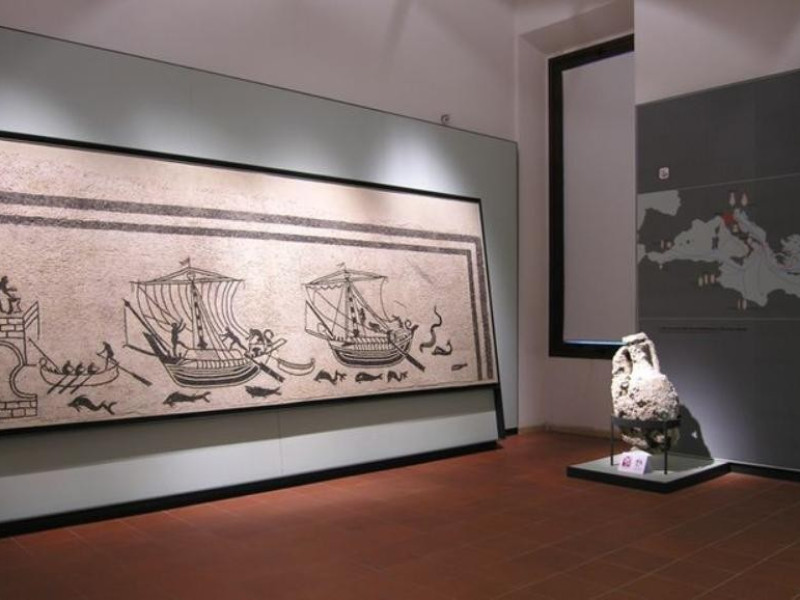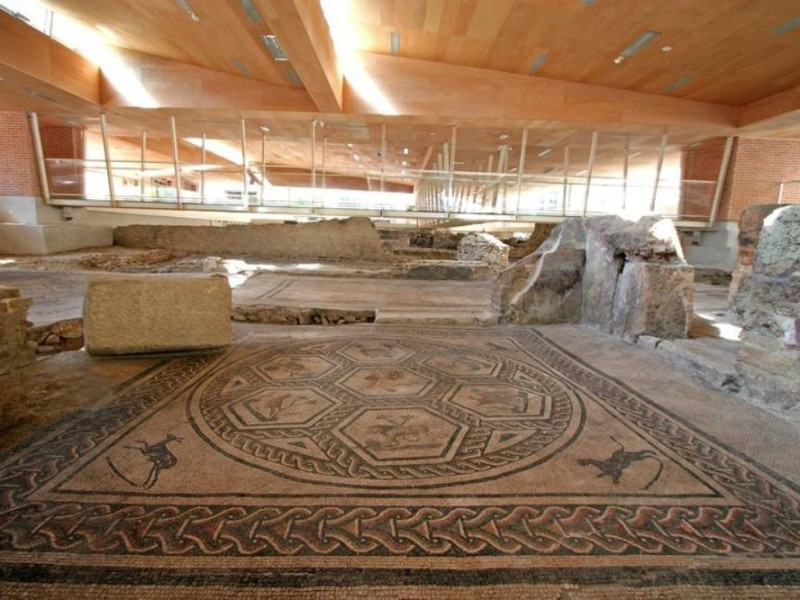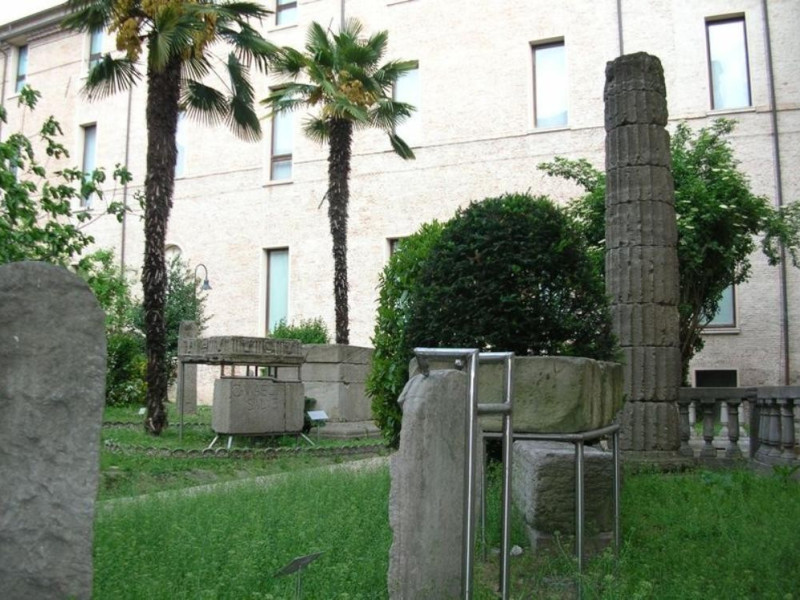Museo della Città
Established in 1990 at the Jesuit College, joining the existing civic collections (Archaeological Collection of 1844 and the Pinacoteca, 1924), the Museum holds material from archaeological excavations, demolished buildings, deposits and donations that document the history of Rimini and its territory. First nucleus of the civic collections was the Lapidary, settled in 1981 in the courtyard for by Giancarlo Susini and Angela Donati: sixty eight inscriptions from the first century BC to the fourth century AD, over tombstones, honorary bases and architectural fragments. The archaeological section runs from the underground and bears witness to the history of Rimini, the first evidence of Homo Erecus, found on the hill of Covignano, until the founding of the Roman Ariminum in 268 BC, with continuing evidence of the Imperial Era. The varied and beautiful series of mosaics, including "boats", the domus of Diotallevi Palace, and "Anubis", plus a framework in polychrome glass paste and a surgical kit, both discovered in the nearby Surgeon's that, recently in museum, it is a natural continuation of the Museum outside. The section of art history, with about five hundred works on display, is the artistic journey of Rimini from the fourteenth to the nineteenth century.





